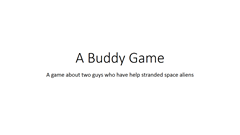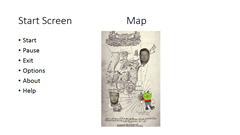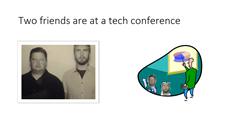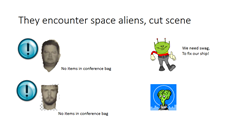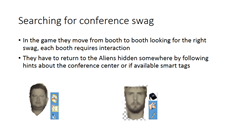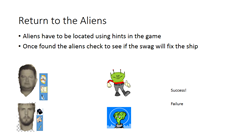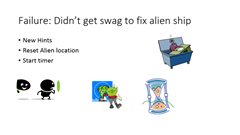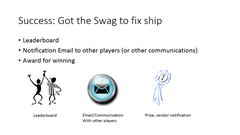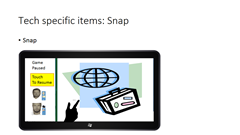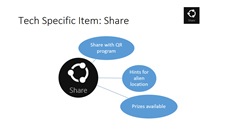Game Design: Using PowerPoint with TFS to do storyboards, Part 2
If you are reading this blog, good, if you aren’t, then how did you get to this part of the sentence? Ok, haha.
The is a problem here, games have randomness right? Sort of like that annoying opening sentence. In a movie for example, it is unlikely you would really do a stream of consciousness thing, you might do a scene that makes the viewer thinks that they are see a stream of consciousness. With a game, outside of cut scenes you are usually dealing with stream of consciousness inside of the game player, and they are not interested in your stream of consciousness. A game is not a book or a movie, it requires the attention of the user and works inside of their consciousness.
Also, before I came up with that boring paragraph, I was going to write that storyboarding doesn’t require that you have any graphic art capabilities. It is better to hire or partner with a good graphical artist, it is hard enough to figure out how to make things work. And there are a large number of graphic artists that are looking to improve their portfolio.
But to get your idea into the game you need to express your ideas in a number of ways:
Storyboard the action, menus, cut scenes, maps, etc. but you can use office clip art or similar. And if you want to see a good short demo of storyboarding for a movie take a look at the Disk 2 of the Moulin Rouge DVD set. And yes I guess I will have to turn in my “Man” card for watching it, but I thought it was a pretty good movie. And one that would be a pretty good game if you could afford the artwork.
Let’s take a look at the storyboarding:
